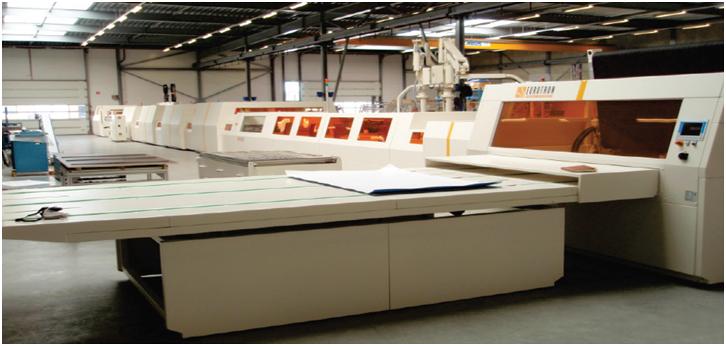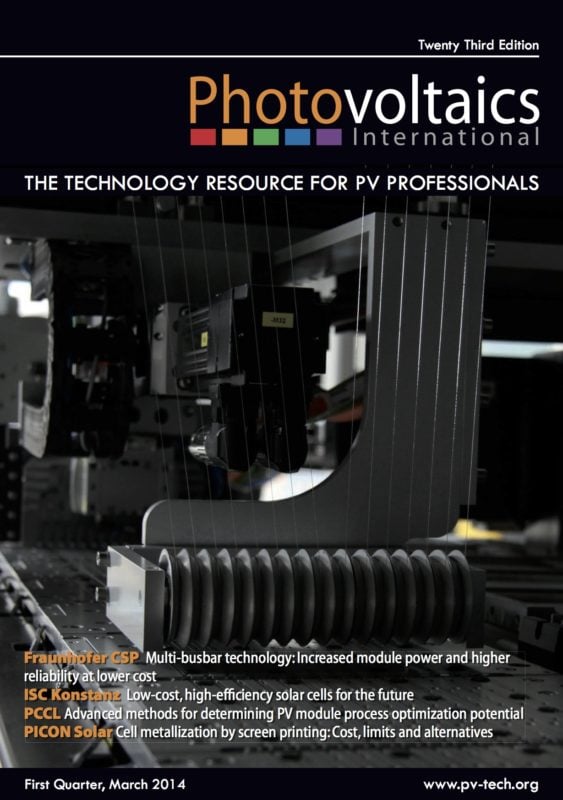By Hongfeng Lin, Vice CTO and Director of the R&D Centre, Tianwei New Energy; Kaiyan Cao, Tianwei New Energy; Zhe Qui, Member of MWT Module Technology Team, Tianwei New Energy; Liyan Zhao, R&D Engineer, Tianwei New Energy, Chengdu, P.R.C.; Wei Long, Assistant Director of the R&D Centre and Pilot Line Manager, Tianwei New Energy; Xianzhi Chen, Research Fellow, Tianwei New Energy; Brian Chislea, Dow Corning Corporation; Guy Beaucarne, R&D Group Leader, Dow Corning Europe S.A.; Peng (Jason) Wei, Dow Corning China; Adriana Zambova, Dow Corning Corporation; Yanghai Yu, Product Development Chemist, Dow Corning China; Guo Yi, Silicone Sealant Development Group Leader, Dow Corning China; Kees Broek, Solar Energy Researcher, ECN; Ian Bennett, Researcher, ECN; Jan Bakker, CTO, Eurotron; Nico van Ommen, Process Engineer, Eurotron; Egbert Fredrikze, Equipment Engineer, Eurotron
Metal wrap-through (MWT) module technology is an attractive approach for increasing module efficiency. This paper shares the results of MWT module fabrication using a silicone electrically conductive adhesive (ECA), a conductive backsheet (CBS) with a thin organic layer surface finish, and an automated module assembly line. Very low cell-to-module (CTM) power losses are observed, leading to a multicrystalline Si module power of 266W and a full-area efficiency of 16.8%. The modules are very stable in damp-heat conditions and thermal cycling, demonstrating minimal degradation after 1.5 x IEC requirements in terms of damp heat and thermal cycling, and well below 2% degradation after 2 x IEC requirements. These MWT modules have received IEC 61215 and IEC 61730 certification.


